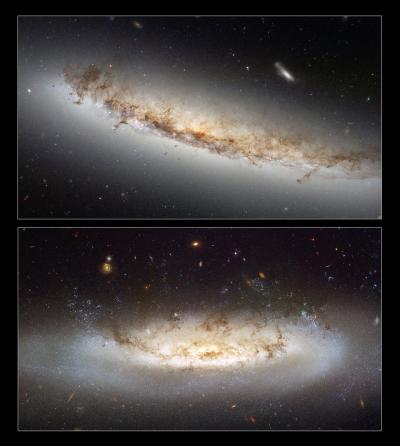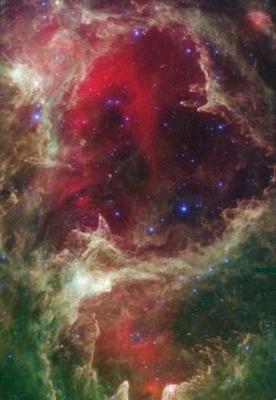
© NASA/Johns Hopkins University Applied Physics Laboratory/Carnegie Institution of WashingtonA mysterious bright area on the surface of Mercury is seen near the top center of this image. The MESSENGER probe also imaged this spot in its second flyby of the planet last year. Color images from MESSENGER's Wide Angle Camera reveal that the irregular depression and bright halo have distinctive color.
During its most recent flyby of Mercury, NASA's MESSENGER spacecraft caught another glimpse of the innermost planet's mysterious bright spot.
The MESSENGER probe skimmed just 142 miles (228 km) above Mercury at its closest approach as it whipped around the planet during the flyby, the last of three designed to guide the spacecraft into orbit around the planet in 2011.
The $446 million probe snapped several new images of Mercury during the flyby, despite a minor data hiccup that delayed the downlink of some of the images.
One of the new images shows a bright spot on the planet's surface, a feature that scientists cannot yet explain.
The new view was the third of the spot, which was first seen in telescopic images of Mercury obtained from Earth by astronomer Ronald Dantowitz. The second view was obtained by the MESSENGER Narrow Angle Camera during the spacecraft's second Mercury flyby Oct. 6, 2008. At that time, the bright feature was just on the planet's limb (edge) as seen from MESSENGER.




